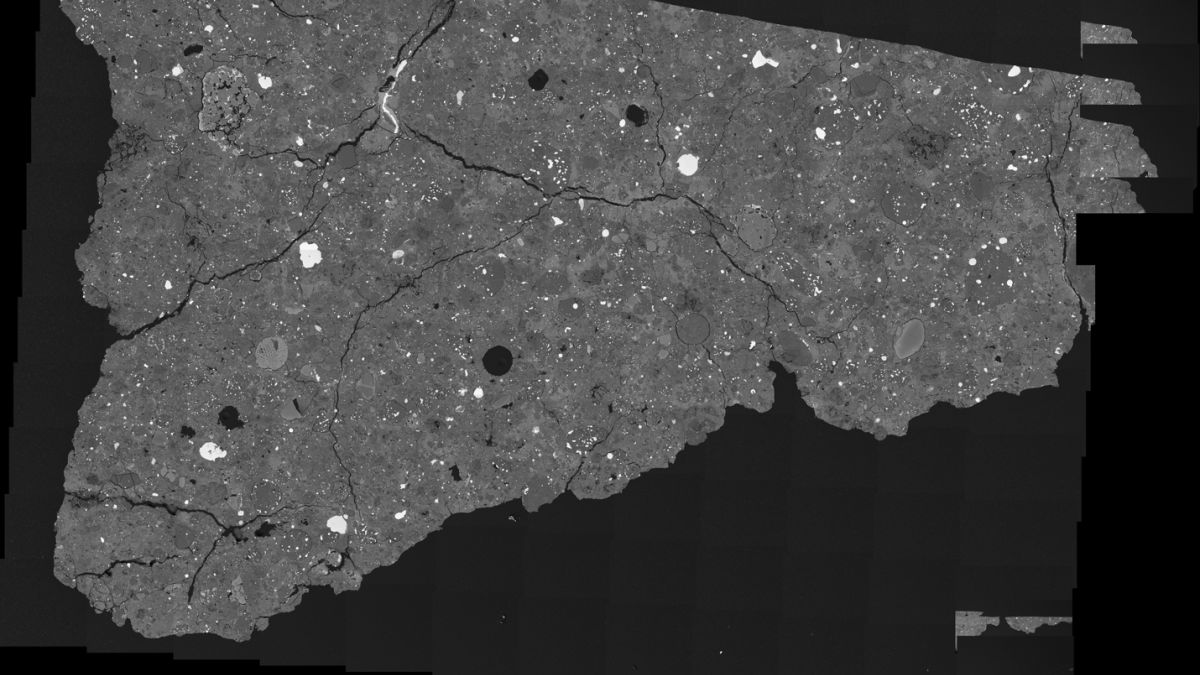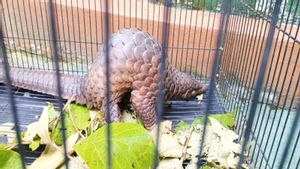JAKARTA - A group of Japanese and Belgian scientists conducted an expedition in Antarctica in 2012. They found an asteroid the size of a golf ball among the icicles.
Quoting from the Space page, the meteorite is named Asuka 12236, and has a rather small size. It is believed that this space rock became one of the naturally preserved meteorites from millions of years ago in Antarctica.
"It's fun to think about how these objects fell to Earth and coincidentally is full of all the different information about how the Solar System formed, what it formed from, and how the elements formed in galaxies," said a meteorite scientist at the Carnegie Institution for. Science in Washington, DC and study co-author, Conel M. O 'D. Alexander.
With help from the Goddard Space Flight Center, NASA scientists scrutinized the primitive meteorite chunk and decoded the information inside. They separated amino acids from ancient dust in aqueous solutions.
Next, the researchers inserted the liquid into a machine designed to separate the molecules inside the meteorite by mass and identify each type. After that the researchers compared the results with other meteorite samples.
As a result, the team found that something locked inside the meteorite was an abundance of amino acids. The meteorite has twice the concentration of any space rock studied in Paris, with the same molecular type.
These molecules include aspartic acid and glutamic acid, two of the 20 amino acids that form themselves into the various structures that make up proteins. Where scientists believe protein to be a very important molecule for the formation of life on Earth.
They have found that meteorites are full of left-handed amino acids, the precursors of life, which they believe may explain why life on Earth tends to use only left-handed amino acids. When looking at the solar system's timeline, some scientists think that the Asuka 12236 meteorite may have preceded the Solar System.
Moreover, the Asuka 12236 meteorite is very well preserved because it was exposed to little water or heat when it was part of an asteroid. This is determined because although the meteorite has a lot of ferrous metal in it, the iron does not rust, which indicates that the meteorite has been exposed to oxygen and water.
The meteorite also filled with silicate minerals that the team believes formed in ancient stars that died before the Sun began to form. Silicates are usually destroyed by water and are not found in poorly preserved meteorites.
The English, Chinese, Japanese, Arabic, and French versions are automatically generated by the AI. So there may still be inaccuracies in translating, please always see Indonesian as our main language. (system supported by DigitalSiber.id)












